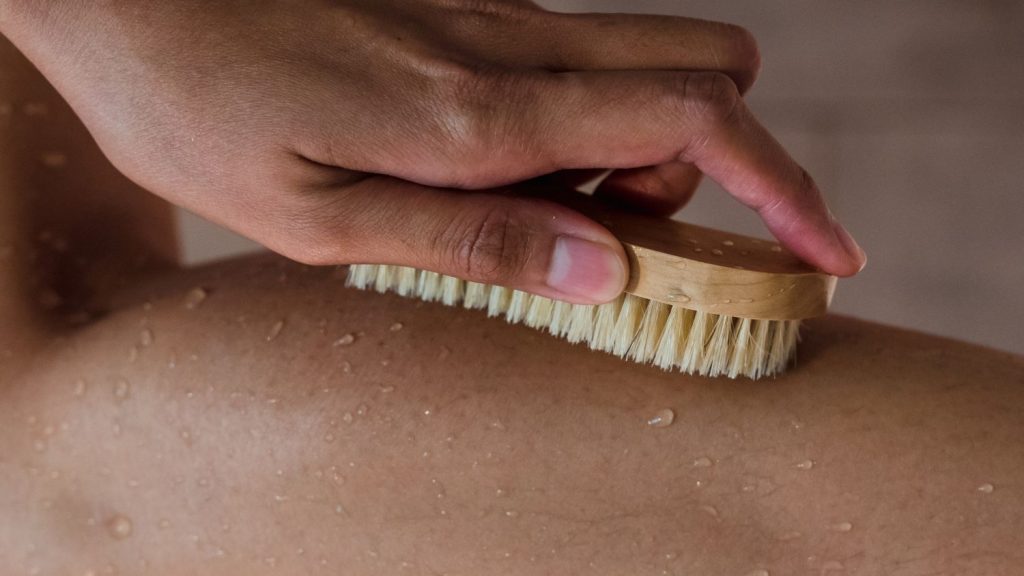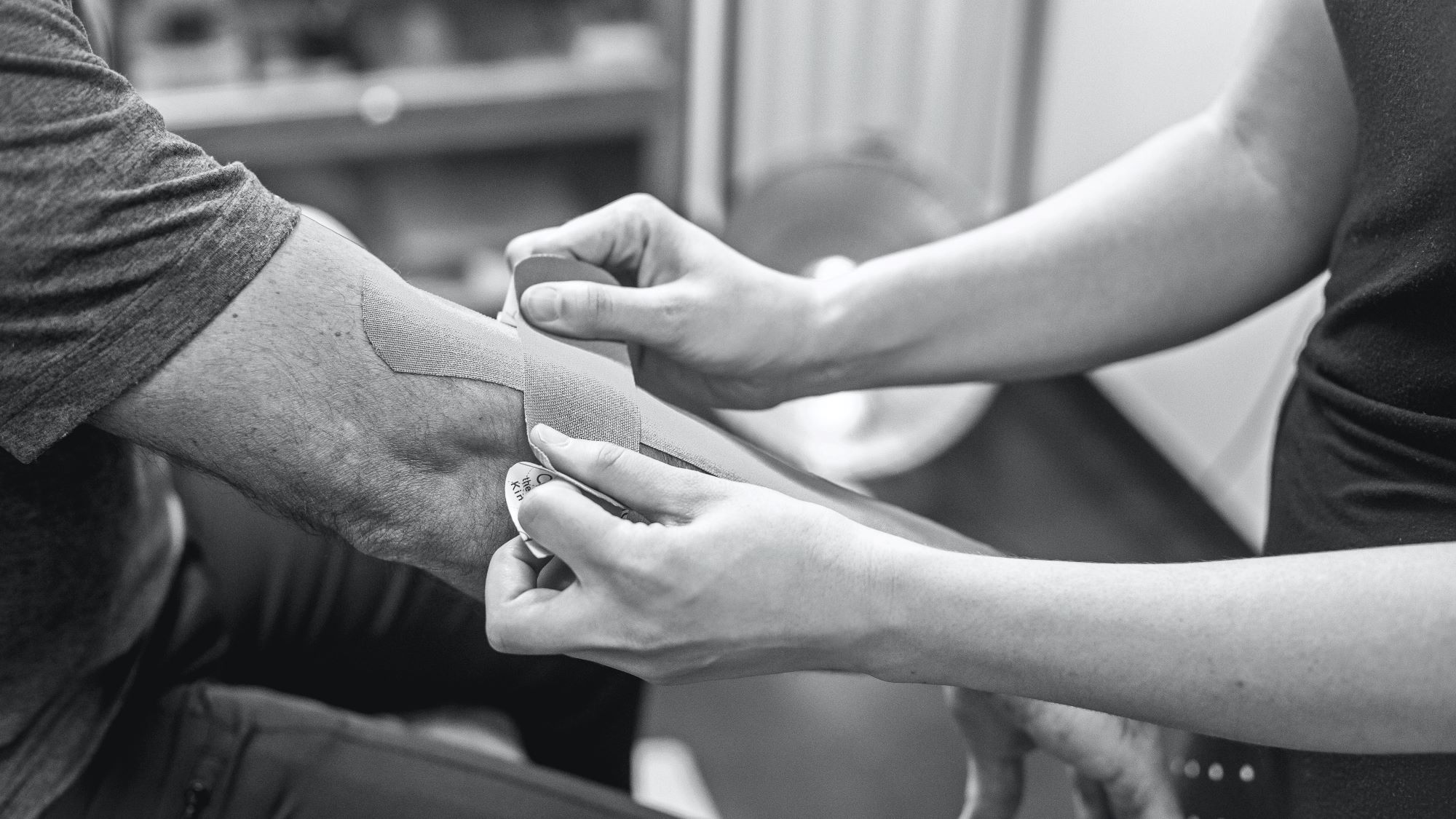- My Account
- Place a Reorder
- Logout

Four Steps to Excellent Wound Hygiene
Medical Monks Staff
Wound hygiene, a relatively new concept, has been widely acknowledged as a paradigm shift compared to traditional healing approaches. Previously, the focus tended to be on basic wound care (cleaning, dressing application) without specific emphasis on infection prevention. Wound hygiene recognizes the critical role of infection prevention in the healing process and addresses it proactively.
While all types of wounds will respond to an emphasis on wound hygiene, the chronic, hard-to-heal ones stand to benefit the most. By adopting wound hygiene practices, healthcare providers can reduce the incidence of stagnation so often caused by biofilm and other inhibitors.
Below, we will explore the four primary steps of wound hygiene while highlighting its divergence from conventional wound healing philosophies.
The four steps of wound hygiene protocol
The wound hygiene approach emphasizes comprehensive techniques to prevent infection and promote healing. There are four major phases, or “steps” to the wound hygiene process. They are:
1. Wound Cleansing
The cornerstone of wound hygiene lies in proper wound cleansing. By using mild cleansers or sterile saline solutions, it’s possible to effectively eliminate debris, bacteria, and foreign objects. This crucial step significantly reduces the risk of infection and creates an optimal environment for healing.
2. Wound Debridement
This step involves removing debris, slough, biofilm and necrotic tissue from the wound bed. This is important because these substances, if left alone, will form a barrier on the wound, repelling helpful healing agents like collagen and silver, rendering them useless.
Often, especially in America, debridement is seen as surgical procedure which involves cutting or scraping away debris with a scalpel. But it’s important to remember that there are several methods of wound debridement, most of which do not require a skilled hand and are considerably less painful than surgical debridement.
3. Refashioning Wound Edges
Refashioning the wound edges involves surgically trimming any irregular or unhealthy tissue that may surround the wound bed. This tissue can harbor bacteria and biofilm. That’s why it’s best to cut it away and bring the edges into alignment, reducing tension on the wound, and promoting better closure.
4. Dressing the Wound
Lastly, the wound should be covered with an appropriate dressing. The dressing helps protect the wound from further contamination, provides a moist environment for healing, and may also assist in absorbing excess wound fluid. The choice of dressing depends on factors such as the type of wound, its location, and the stage of healing. Common types of dressings include adhesive bandages, gauze dressings, hydrocolloid dressings, and transparent film dressings.
Wounds that benefit most from wound hygiene protocol
While no wound will be negatively affected by following wound hygiene protocol, there are some that will particularly benefit. These include:
- Traumatic wounds: Wound hygiene is essential for wounds caused by accidents, injuries, or trauma. These wounds may contain dirt, debris, or foreign objects that need to be removed through proper cleaning and irrigation.
- Chronic wounds: Chronic wounds, such as pressure ulcers (bedsores), diabetic foot ulcers, or venous ulcers, require meticulous wound hygiene. These wounds often have prolonged healing times and are prone to infection. Consistent wound cleaning, debridement, and dressing changes are necessary to prevent complications
- Burns: Burns are particularly susceptible to infection due to the loss of the skin’s protective barrier. Proper wound hygiene, including gentle cleaning and dressing changes, is crucial to prevent inflammation.
- Post-operative wounds: Wound hygiene is essential for maintaining the cleanliness and sterility of incisions after surgery. Following proper wound care protocols, including keeping the wound clean, dry, and properly dressed, can help minimize the risk of infection and facilitate healing.
It’s important to note that specific wound care protocols and techniques may vary depending on the wound and/or individual patient factors. For personalized wound care advice, it is vital to consult a healthcare professional who can assess the wound and provide tailored guidance.
Tools that can help
A healthcare professional, upon inspecting a serious wound, will often recommend a comprehensive wound management plan. Per the principles of wound hygiene, that plan will likely include extensive wound bed preparation.
This is where Medical Monks can help. While we carry anything and everything you could need to keep up hygiene protocol on any wound, we do have some secret weapons up our sleeve, such as the Debrisoft® pad and lolly. Made by our friends at L&R, Debrisoft® is a non-adhesive pad that consists of monofilament polyester fibers. The unique design of Debrisoft® allows for effective and gentle removal of debris, dead tissue, and bacteria from the wound surface. This is great for the healing process and for the patient, as it can help save a lot of time, money and pain.
Advancements in healing
Wound hygiene marks a significant advancement in wound care, focusing on infection prevention and creating an optimal environment for healing. By following the four fundamental steps of wound hygiene and incorporating products like Debrisoft, healthcare providers can enhance wound healing outcomes, minimize complications, and improve patient well-being. Embracing the principles of wound hygiene empowers healthcare professionals to provide comprehensive care and achieve optimal wound healing.
Medical Monks staff is always available during business hours for info related to wound care or any other medical topic. Get help via LiveChat, email (customercare@medicalmonks.com) or by calling 844-859-9400, 8am-7pm Monday thru Friday.

The MEDICAL MONKS STAFF brings to the table decades of combined knowledge and experience in the medical products industry.
Edited for content by JORDAN GAYSO.
Related Videos
More Blogs
Top Wound Care Products




